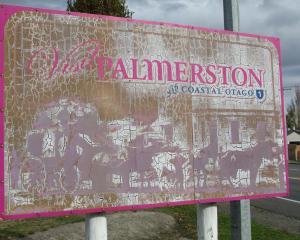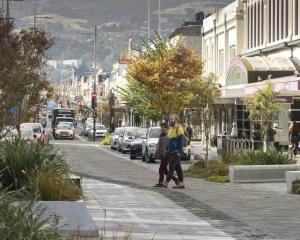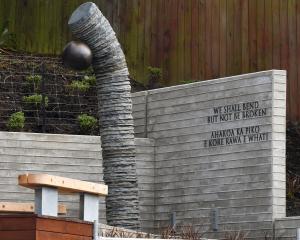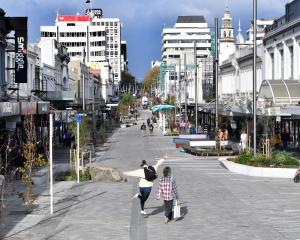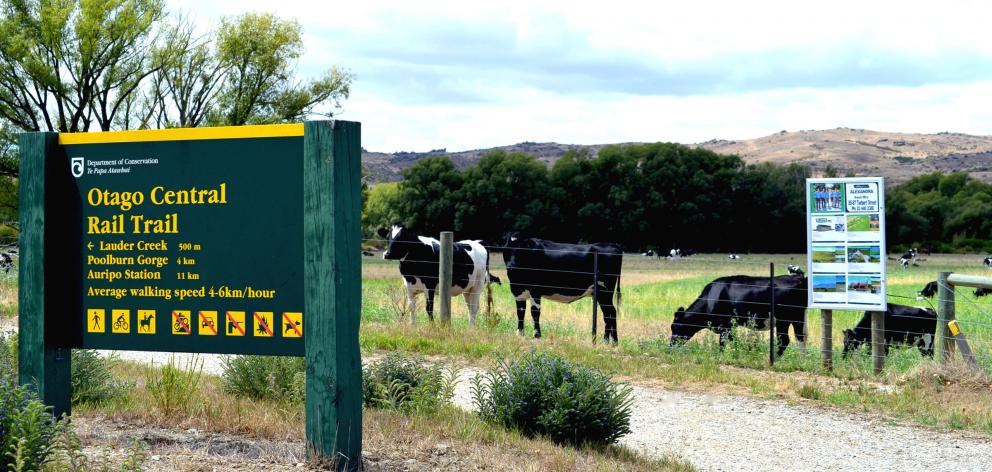
The Otago Central Rail Trail is in danger from outsiders who seem to think they can use it as a location to try to get their various messages across to Kiwis and others from all around the world who are now using the trail. This danger lies in the use of private land that fronts the rail trail as a place on which to site hoardings which advertise products that have nothing to do with the Rail Trail.
The trail is a Central Otago success story that has revived the economy of the small towns and villages in the areas it passes through on its 152km journey from Middlemarch to Clyde. As such, it is a very important public asset affecting the economic wellbeing of many lives. Why risk endangering that success?
As the first trail to be opened in a long list of cycle trails that now cover most of New Zealand, the competition to attract cyclists and walkers is fierce. The Otago Central Rail Trail must compete locally with the 100km Queenstown Trail that runs from Queenstown to Arrowtown and back to Queenstown.
Another is the Alps 2 Ocean Cycle Trail tracking for 320km from the base of Aoraki/Mt Cook to the Pacific Coast at Oamaru.
There is also the 34km Roxburgh Gorge Trail and the 73km Clutha Gold Trail which local people have spent a lot of money developing. It is their hope that cyclists using the rail trail will also make these two trails a follow on part of their itinerary, thus boosting their economy with tourist dollars.
The question we need to ask ourselves is why do people come to cycle the Otago Central Rail Trail when they can jump on their bicycle and ride anywhere on city streets within New Zealand, Australia or around the world?
The answer is obvious to anybody familiar with the trail. For the open air, the uncrowded spaces, the rural experience, the exercise, the climate, the sense of achievement and dare I say it, the lack of urban eyesores such as cheap advertising hoardings.
With the Otago Central Rail Trail the problem lies in the fact that it is only a narrow corridor bound by private land on both sides. There is nothing to stop anybody, with the permission of the local landowners, erecting a sign on the very edge of the trail, often only a metre or two from passing cyclists.
With the Resource Management Act 1991 many Kiwis are under the impression that permission is required to erect such signs. That is not the case. There appears to be nobody who is either interested or able to protect the rail trail from this tackiness.
A sign erected on the rail trail by the local Alexandra branch of a nationwide real estate firm, which should know better, has provided the evidence that there is nothing that can be done to stop it being placed there as a permanent fixture.
We are not talking the temporary "for sale" signs here that real estate agents attach to fences and front gates. They are permanent signs attached to substantial posts, sunk for the purpose, and come with the facility of being able to be opened and closed at will to change the information locked inside.
The chain of command has some big names but each, for whatever reason, is either unable to prevent the erection of these hoardings or are disinterested in ensuring the trail is safe from such tackiness.
The Otago Central Rail Trail Trust which owns the trail is dead set against signs on the trail. There is nothing it can do, however, other than pass its concerns on to the Department of Conservation (Doc) which maintains the trail. Unfortunately, Doc’s hands are tied, as there is also nothing they can do if the sign is erected on private land, even if it is in your face at the very edge of the trail.
The local council seems to be either unable or unwilling to become involved. The regional council advises that it is not their jurisdiction and passes it back to the local council.
So how is the trail to be protected. The answer is simple. It is up to the goodwill of local businesses and individuals not to use the trail for their advertising hoardings. It is also up to the goodwill of local landowners to deny permission to erect signs on private land alongside the trail. Without this goodwill, the reasons why people come into Central Otago to cycle the Otago Central Rail Trail are in imminent danger.
- Gerald Cunningham is a Central Otago author and photographer who wrote the bestselling Guide to the Otago Central Rail Trail.
Comments
Cyclists can note the advertisers and boycott them.
I've recently completed almost 700km cycling along each of the trails referred to in this article. I don't recall seeing any inappropriate advertising signs or any overabundance of advertising signage along the routes. All I recall seeing is beautiful scenery, lovely people, & fabulous attractions. Compared to Australia (particularly NSW), NZ is fortunate to have such well maintained trails that attract cyclists from around the world. I don't see any need to be concerned.
Are there advertising signs along the trail corridor, or not? Even the 'appropriate' can be visual pollution under Big Sky.

